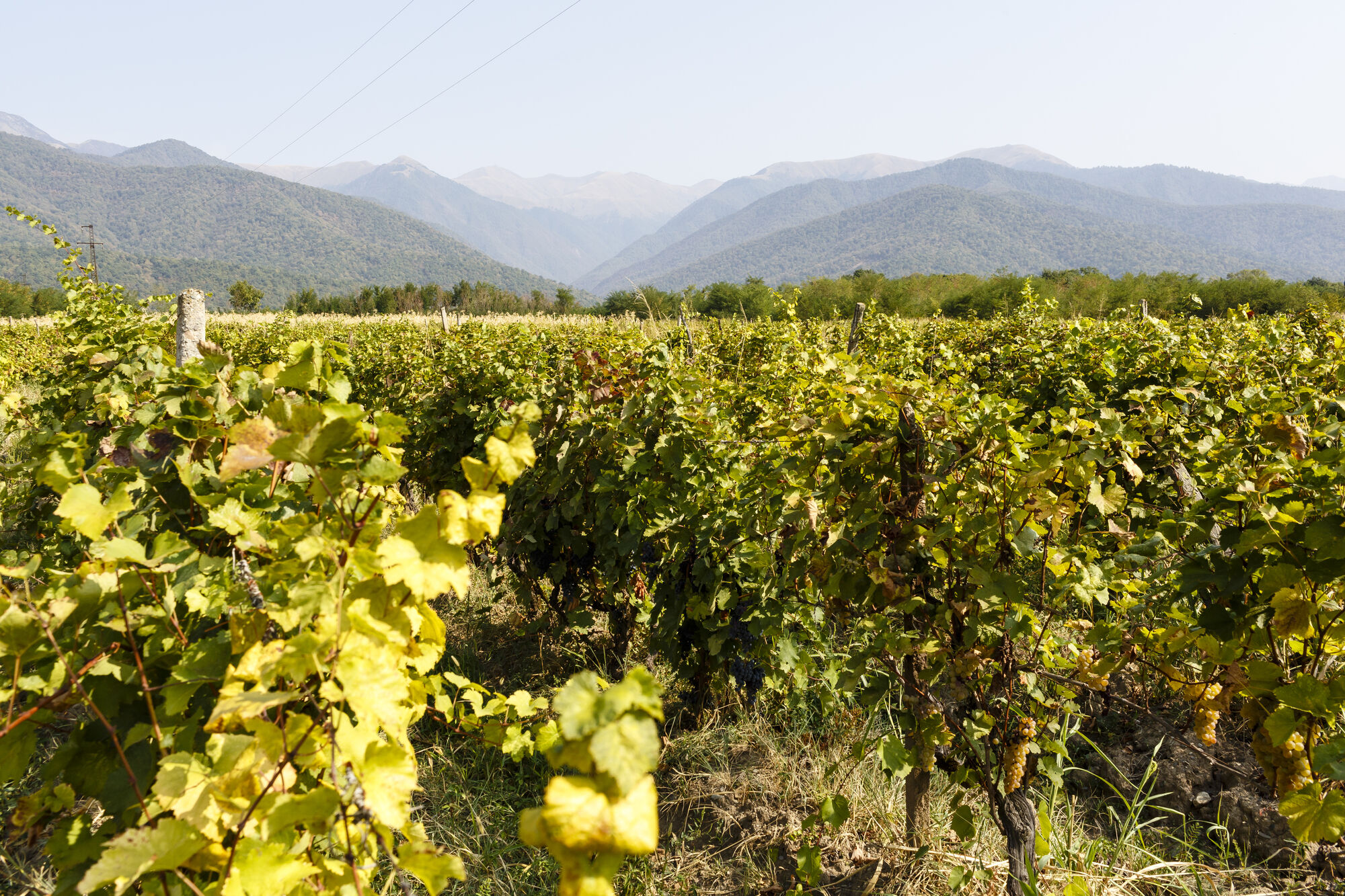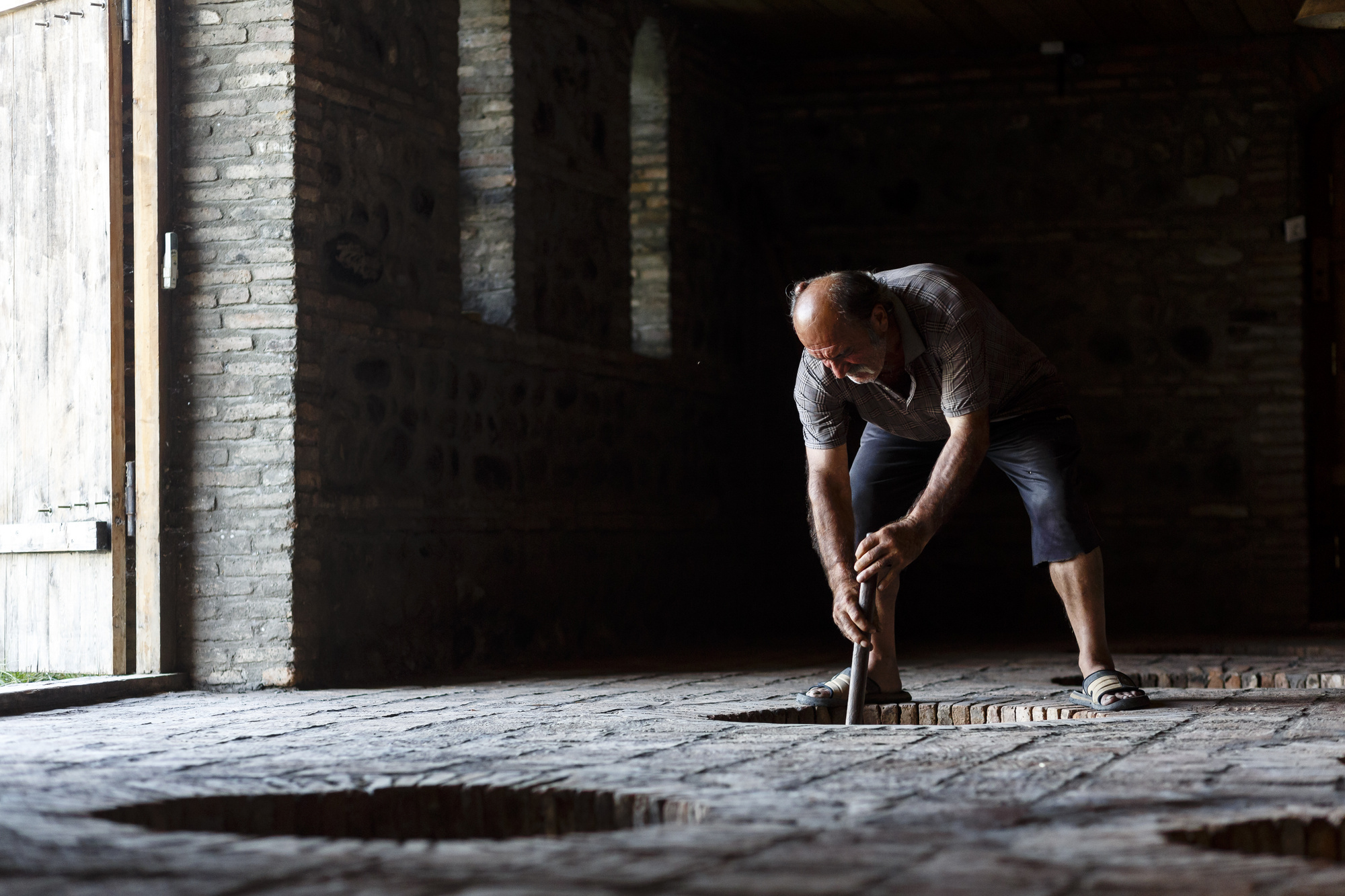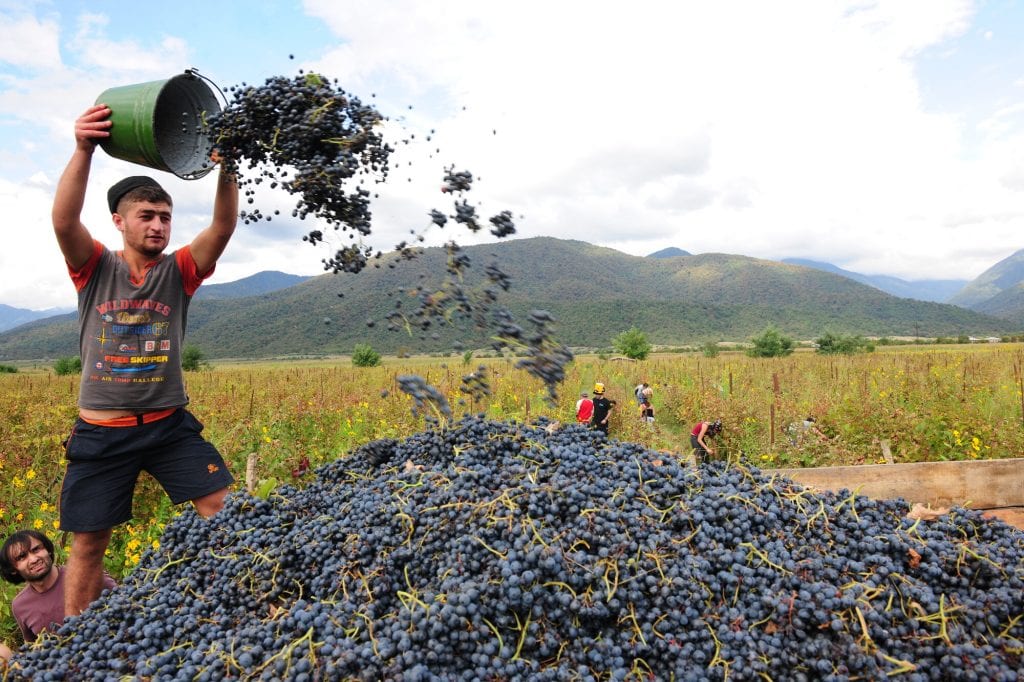Amanda Barnes takes off on a virtual tour of Georgia and its wines, made from an impressive inventory of indigenous grape varieties.
I have a friend who always sees the bright side of life. It sounds rather trite to describe someone this way, but I don’t know anyone quite as capable as finding the silver lining as her. During lockdown (Lockdown 1, in April), instead of getting rather depressed about her best friend’s cancelled wedding and thus her cancelled holiday to the US, and being forced to take her holiday leave anyway, she decided to ‘go to Turkey’. That meant spending a week listening to Turkish music, learning Turkish poetry, and taking virtual tours of the bazaars, mosques and museums. When we went for a socially distanced walk (she ‘popped back home’ mid-week for a get-together), she proudly recited Orhan Veli’s ‘I am listening to Istanbul’ by heart, brought me some leftover börek and Turkish Easter Bread she’d made, and had even picked up a couple words on Duolingo. She hadn’t moved from Hampshire but by all means she had been in Turkey that week. I, on the other hand, was still grumbling about not having left the house – both physically and psychologically.
So, when an invitation came through my electronic post box to ‘go to Georgia’ on a Virtual Trade Trip, I took them up on it. A box with many shots of wine arrived along with a snack pack of local cheese and spices, and a Zoom link for a two-day tour of the wine regions. On 27th October, from quarantine, I got up early, imagined the hassle of parking my car at the airport and boarding a plane, brewed a Turkish-style coffee (although I have been told you shouldn’t say that in Georgia), put on some music from the Georgian playlist they provided and started reading up on Georgian wine history on my imaginary bus journey from the airport to our first wine region, Kakheti.
Unfortunately, my internet connection decided not to get on board with me, and was delayed at the airport, but despite some technical difficulties I soon managed to join the group and start our two-day tour through Georgia’s wine regions.
With Georgian specialist Sarah Abbott MW as our tour guide, we ventured into the wineries of Khareba, Dakishvili, Tbilvino, Ori Marani, Teliani and Lagvinari, with the winemakers who each took turns in giving us their interpretation of Georgian terroir and tapping into key trends and topics. From the different styles of qvevri wines and the revival and replanting of indigenous grape varieties to the rescue of old Soviet wineries and redeveloping near-abandoned vineyards, there was a lot of metaphorical ground covered in these winery visits. While visiting, we looked at maps to understand how mountainous the topography truly is, and looked at some photos of the grape varieties (luckily we were visiting at just the right time of year!)

With a host of winemakers, it was fascinating to get various perspectives from different producers. French transplant Bastien Warskotte, for example, who moved from Champagne to Georgia to make his Ori Marani wines with his Georgian wife, in Nino, discussed why lining his qvevri with local beeswax felt like a truer and better expression of Georgian terroir and tradition than lining them with epoxy or leaving them unlined. (In case you are wondering, he says that there is little to no aromatic impact from the beeswax lining on the qvevri, although in the smaller vessels of newly-lined qvevri he said there was a slight change to the texture of the wine – becoming more unctuous – although larger vessels with their much lesser surface area to wine ratio have no detectable difference).
Although qvevri wines are most certainly the best known among the wine media, Sarah stressed throughout our tour that most Georgian wines are made in stainless steel. And some modernists, including Vlad Kublashvili of Khareba, shared their wines made in stainless steel that are fully focused on varietal expression. It was an interesting comparison over the two days to taste these wines made from native grape varieties with different vinification methods and see both faces of the Georgian coin.
“Qvevri are amazing, and their symbolic power is huge, but they are only 2% of production,” said Sarah, in our imaginary tour bus after visiting and tasting with Vlad, “but the real appeal and engagement for Georgia is in these amazing indigenous varieties. And there are these contemporary ranges of wines which show the clear identity of the Georgian varieties. This is an identity of Georgia which is perhaps less known for us, as in England we’ve come to know these crazy qvevri wines, but these crisp and fresh wines are very appetising with a crunchy, fresh character.”

As well as having the opportunity to taste the wines with the winemaker simultaneously with their presentations, we also toured around some of their wineries with live footage in situ. Gogi Dakishvili, for example, showed us his fermenting quevris at his family winery, poking his phone camera into the top of the buried clay vessels and showing us the colourful caps of grapes skins. With a little imagination, you could almost smell the fermenting grapes!
It wasn’t only wine though that we explored on our virtual wine tour, but we also got a taste of the traditional Supra – a typical Georgian feast and a key cultural phenomenon there. With a little help from our taster pack, we were encouraged to take a nibble (and given recipes to make something a bit more substantial later), while a video of a typical Georgian feast played before us, as if we were in the room, learning how to toast the table master too.
What really made the whole experience stand out wasn’t just tasting along with the winemakers but gleaning some insights into the culture with Sarah relaying the experience of visiting Georgia and exploring its history and contemporary political situation, too. Our visit to Tbilvino, for example, was a great example of a large, formerly-Soviet winery now working with small artisanal producers in a social responsibility project in order to help cultivate artisanal wine culture in Georgia once more. This attitude of helping your neighbours and promoting their wines came through in all the winery visits, which is always refreshing and reaffirming.
I had good fun exploring Georgia, and this was an incredibly imaginative and interesting way to deliver a tour virtually over two mornings. Hats off to Swirl Wine Group, who I am sure had quite the task to organise such a tasting, but it was reflected in the diverse and interesting conversations and presentations – giving us all a feeling for Georgia over the extended period of two mornings.
I actually stayed in Georgia a little longer, extended my visit by a few days. I even managed to convince my friend to pop over and join me for a Georgian-style meal one evening, with a bottle I picked up there. Nothing beats the real thing. But having recently spent weeks in isolation and quarantine from ‘real’ travel, I think ‘virtual’ travel is probably the way to go for now… And with a tasting like this, virtual travel felt much more real than any other before.

